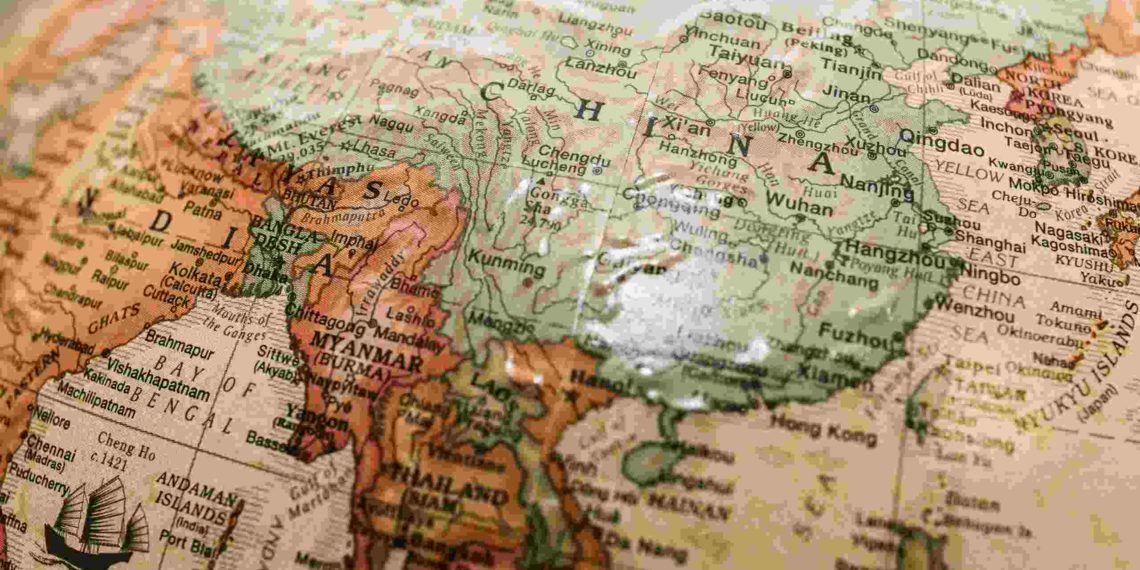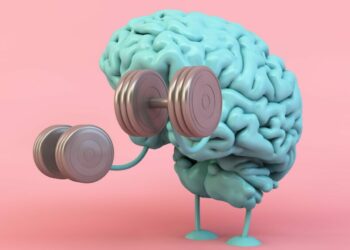What does an international transformation journey at scale look like? Arie van Bennekum, co-author of the Agile Manifesto and thought leader at Wemanity, took the ambitious goal of leading the Agile transformation of an international, financial non-bank institution implemented across 10 countries. As a fast-growing and global corporation, and with the expanding market and tech potential in mind, one of the client’s goals is to become the “world’s biggest fintech”.
In this first interview, you will discover the introductory steps of a transformation journey: from the first contact to understanding the client’s current context and challenges, and the expectations behind such a project.
How did you come to get in touch and work with the client?
Arie: In April 2019, we were approached by a business partner of mine, who got us in touch with the Agile transformation leader of the client in China. After an intake to understand their challenge and context, I presented our approach and proposal to the board’s group in the Czech Republic. In July 2020, we started work in China.
What were their challenges and context at the time?
Arie: On a global scale, there were a couple of things happening concurrently: first was the global change happening in the Fintech industry, as the client was – and still is – getting massively impacted by technology and innovation. New technology and new competition entering the market can come from anywhere, anytime, and the client fortunately realized that they needed to transform and learn how to become more agile to the market. Secondly, their market was facing local newcomers, and they wanted to be ready to cope with that.
Extra aspects needed attention as well. Regarding an Agile transformation, the cultural differences need to be handled in the international character of the organization. For example, giving and receiving feedback, taking responsibility, or losing face can be perceived completely in a different way across the globe. It is our job to adapt our transformation approach to such environments. This is why at Wemanity, we have not only coaches who master the Agile stack, but also either are psychologists or they are certified coached to be able to drive that behavioral change.
How did you convince them? What solutions were suggested?
Arie: An important thing I took into account was the paradigm shift: it means we can have people doing Agile, but if you don’t change the underlying assumption of how the world is in terms of decision-making, bureaucracy, documentation, etc. you will never achieve a proper transformation. As Agile coaches, we are not only changing behavior but also the perception of the world. This paradigm shift is a long-term process that requires involvement on a global level.
Another challenge of a wide-scale transformation journey is to sustain change in the long run. An important part of our approach is to develop a community of internal coaches at the client’s side. Those future internal coaches are selected by the client and trained by our coaches during transformation the IAC-Academy (the Internal Agile Coach Academy).
Our Agile coaches are the ones that make the difference. While 40% of their mission is about Agile, their main focus is about “coaching”. And having a good coach is key to a proper transformation. To drive it, we made a clear differentiation between 4 types of coaches :
- The Team coach, helping teams in their day-to-day work and to get the team dynamics in Agile rituals in place.
- The Organizational coach, helping teams in transformation in a not (yet) Agile environment.
- The Leadership coach, working with the leadership team to help them in their change and being the role model for both the change and Agile working.
- The Technical coach, the coach who helps teams in tooling and development practices.
At Wemanity, we always work tailored for the client. It will be tailored on the type of challenge, the context and environment of the client.
Another uniqueness of our approach is that we operate in transformation waves. Each wave takes one quarter (rule of thumbs). You might have different practices per wave depending on the type of team: Agile concepts, Agile Methods, and Agile practices. Per wave, each coach can handle maximum 4 teams/30 individuals. During the quarter, they will go through a process of initial paradigm change. It is based on 3 steps that most of the time take 2 sprints of 2 weeks each.
The first 4 weeks (called Synchronize) are focused on understanding the rules of the game. The rules of the game are clearly different from the old way of working and therefore you have to start with the do’s and the don’ts After this the next phase is focussing on the collaboration as an Agile team (called Follow). Coaches go into the team and help teams to understand how the Agile rituals work as a team and how to take their role.
The final step is we take 2 sprints to help individuals in their new role. After the dos and don’ts and the team dynamics the next step focuses on the individual people. The wave is finalized by a re-assessment. How have the teams improved and what are the next topics for improvement they can focus on now they will be on their own. Our aim in the transformation journey is to have as many self-organized and autonomous teams delivering value as possible.
Later on, I would ask them what made the difference compared to the competitors. They told me that, while all the competitors went in a very technical and theoretical direction, I gave them practical answers and a pragmatic roadmap during the presentation to the board. Also, the fact we want our clients to be up and running independently played a role in the decision.
What are your expectations? What do you expect to achieve with this transformation?
Arie: For China itself, the objective is to have 3 000 people going through the transformation and normally, this should be done within 9-12 months. Most likely after 2 or 3 waves (editor’s note: waves are part of Wemanity’s transformation model), the client will be on their own feet doing it with us on demand available. As we speak, the Covid-19 crisis has changed the situation dramatically. What the future will bring is totally unclear.
Agile transformation is like a roller coaster, in the sense that there is always a next ride. On one hand, I met resistance and on the other hand, I met people who have such a visionary outlook on future business models. People like that driving the company makes me positive we will get there, but it doesn’t mean it will be easy.
“If you think you’re brilliant, you lose. When you think you can learn to improve, you win.”
To ensure a proper transformation and make it grow, it has become a necessity for all of us to adapt to change and become Agile. Leading the change is a never-ending process – you never finish learning, and this is a mindset that the client already understood on a group level. As we are just getting started, achieving continuous improvement and becoming a self-learning organization are the end goals of this transformation journey.
x
This article is the first of a series of several interviews. What comes next? Read the second one on the assessment phase here.












